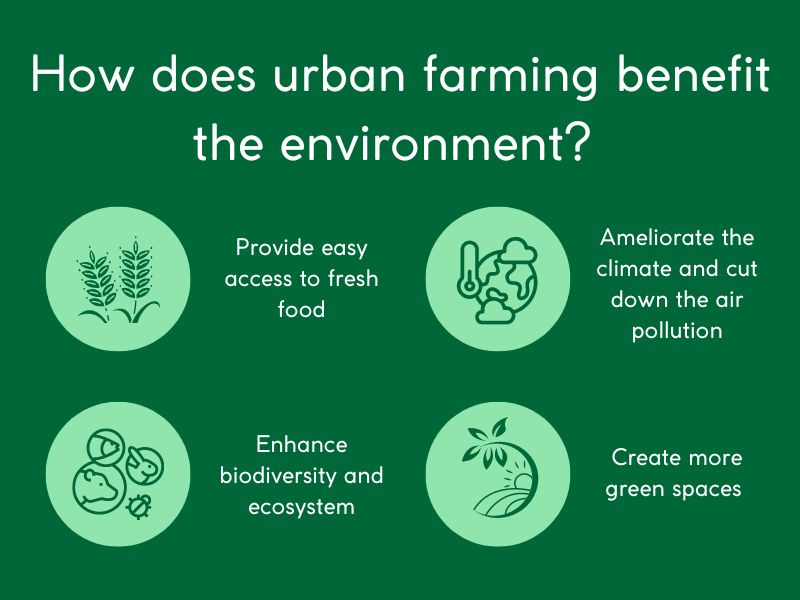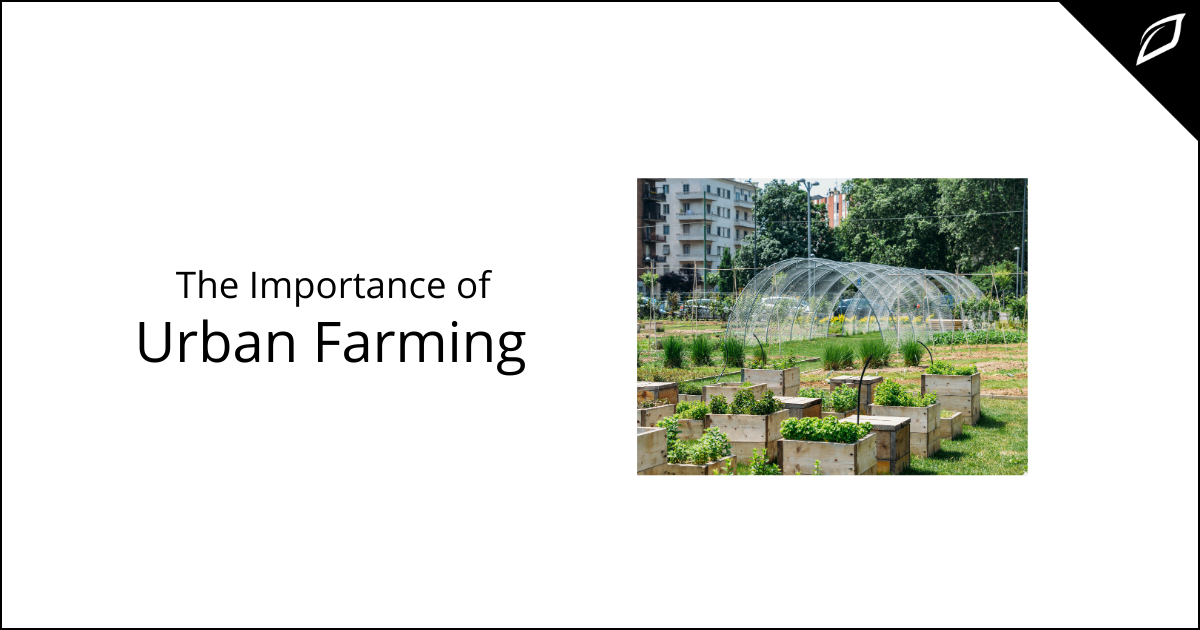City Blooming for Beginners
City Blooming for Beginners
Blog Article
The Basic Principles Of City Blooming
Table of ContentsLittle Known Questions About City Blooming.Fascination About City BloomingThe Ultimate Guide To City BloomingThe Best Guide To City BloomingMore About City Blooming
Urban gardens usually benefit from warmer microclimates, permitting the growing of less durable plants such as palms and bamboo. https://padlet.com/debbyaragon26632/city-blooming-1nuord7g4kxm3cll commonly discovered in warmer regions. And as we've claimed, do not simply go with tiny plants; tiny metropolitan yards can handle big plants and trees and choosing these over little picky hedges will make the space feel larger and extra excitingUse huge containers they do not dry out as quickly as smaller sized pots, so they are much less function to keep water. Pick hardscaping components for a city garden The organized lines, asymmetrical setup, and use of contrasting materials in this London-based Victorian terrace's garden style produce a seamless link with the design, making it look like an all-natural extension of the overall aesthetic.
Plant vertically Cover the wall surfaces in greenery, whether that be lovely mountain climbers that billow messily over your fence or something a lot more consisted of and contemporary like a living wall. Maximize a light well garden Whitewashed wall surfaces and light flooring tiles transform it from a dark and drab room right into a location you would certainly wish to hang out on a Sunday morning with a cup of coffee.
City Blooming for Beginners
Upright farming and aeroponics permit plants to be expanded in controlled environments, making use of minimal room and resources. IoT-based ingenious gardening systems allow remote monitoring and automation of horticulture procedures. Urban farming apps and online sources supply valuable info, tips, and community assistance for metropolitan gardeners. A web page from the London Municipal government site offers details about urban farming in London.
They have an objective to finish cravings in our generation by growing gardens on unused land in cities. They supply a range of sources to assist people get entailed in city farming, consisting of educational products, gardening suggestions, and a community forum.

The Ultimate Guide To City Blooming
Urban Development is a community-led business that collaborates with both communities and programmers to produce a healthier city. They are committed to sustainability, empowerment, and pleasure, and they believe that everyone has the power to make a difference. Urban horticulture is a powerful activity that brings nature back right into the concrete jungle.
Katy began at Gardening Express with minimal understanding of gardening, but under the mentorship of Chris Bonnett and the various other gardening specialists in the business, she currently has over 2 years of experience in the gardening industry. Katy has edited 300 short articles on subjects such as plant care, garden designs, yard design, and maintenance.
Katy's goal is to help novices and experienced gardeners alike produce and enjoy their own welcoming exterior spaces with convenience.
Neighborhood gardens are semi-public areas shared by an area of neighbors and various other individuals where they jointly take part in expanding fruits, veggies, or blossoms, sharing labor and harvest. It's great to obtain involved in these sustainable tasks as they're similarly beneficial for you, the neighborhood, and the setting. Neighborhood yards are found in areas, however can likewise be developed in schools, domestic lands, or establishments, such as healthcare facilities.
The smart Trick of City Blooming That Nobody is Talking About
A few of the environmental benefits of community yards consist of: Restoration of vacant land and communities by repurposing themProduction read more and upgrading of water seepage and various other environment servicesPromotion of biodiversity by growing native plantsEducating the community regarding horticulture, city farming, and their benefitsReduction of food transportation minimizing air pollutionPromotion of lasting farming practicesFostering social inclusionThe above environmental advantages reveal the total relevance of neighborhood gardens and their contribution to supplying habitat for organisms and food to the locals, eliminating food instability.
Neighborhood yards add to achieving these objectives as they are accessible to all despite course, age, sex, education, profession, etc, and play a substantial function in raising understanding and expertise regarding gardening and metropolitan agriculture amongst the residents. Area yards highlight a demand for city dwellers to go back to nature.

Plus, it eliminates food instability in areas which is an honorable goal. Working in a shared yard permits a return to real worths.
About City Blooming
A few of the ecological benefits of community gardens include: Remediation of vacant land and environments by repurposing themProduction and updating of water seepage and other ecosystem servicesPromotion of biodiversity by growing native plantsEducating the neighborhood concerning horticulture, metropolitan agriculture, and their benefitsReduction of food transportation decreasing air pollutionPromotion of lasting farming practicesFostering social inclusionThe above environmental advantages show the overall importance of neighborhood yards and their payment to providing habitat for organisms and food to the locals, getting rid of food instability.
Community yards add to accomplishing these goals as they come to all no matter class, age, gender, education and learning, profession, etc, and play a substantial role in elevating awareness and expertise about horticulture and city agriculture among the residents. Area gardens highlight a need for city slicker to return to nature.
A method to get closer to nature by adhering to ecologist valuesSpaces of social variety where conviviality and exchanges aboundPlaces that promote the integration of disadvantaged groups or people with specials needs into the social fabricA way to boost your living environment (for people residing in houses and having little eco-friendly space at their disposal)An area of area home entertainment, to hold cultural events and exterior partiesThe possibility to grow veggies, fruits, and herbs at low costAn opportunity to relocate and work out in the fresh air by committing a few hours a week to gardening and keeping your garden plotThe opportunity to share and exchange with other individuals products from the harvestOpportunities to increase recognition and enlighten people regarding environmental regard via methods such as composting, organic gardening, rain harvesting, etc.
And also, it removes food instability in areas which is a noble objective. Functioning in a shared yard allows a return to real values.
Report this page